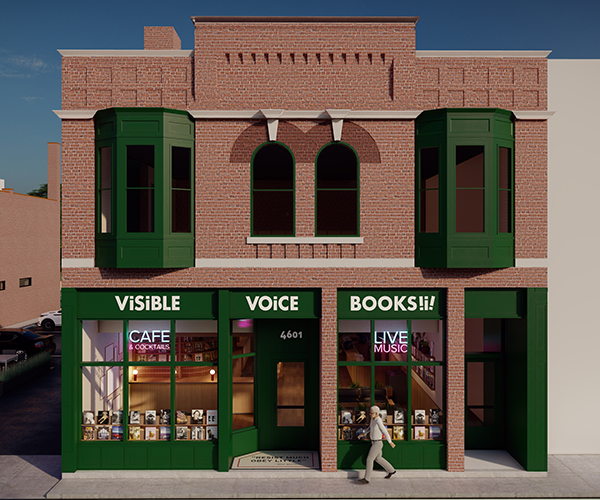Jerry Siegel and Joe Shuster's 1930s Superman was burly, rock-solid and polished. It'd be years before Christopher Reeve added ruggedness and well-defined muscles for the '70s and '80s movies or Henry Cavill's latex bodysuit revealed bulging biceps and six-pack abs in the recent Man of Steel. So in 2008 when sculptor David Deming was asked by Howard "Hutch" Stoller and a group of Superman enthusiasts to design a long-awaited statue honoring the superhero created in Glenville, Deming looked to Shuster's original Action Comics illustrations inspired by '30s bodybuilders. "Back then, the bodybuilders weren't built like they are now," Deming says. "Superman looked like a very sturdy, linebacker-type guy, not ripped like they are today." By 2018 or sooner, pending city approval and private fundraising, the proposed 2,500- to 3,000-pound, 30- to 35-foot tall Man of Steel and life-size statues of Siegel, Shuster and Lois Lane model Joanne Siegel could soar over the suggested Mall to Lakefront pedestrian bridge location. With the design hotly debated, we ask the foremost superhero critics — comic fans at Wizard World Cleveland Comic Con — for their thoughts.
Right Stuff
Comics wasn't giving Joe Shuster and Jerry Siegel the recognition or pension they deserved in the '70s, Neal Adams, an artist for the company, decided to go vigilante. His crusade ended with the pair getting a $20,000 per year pension, full medical benefits and creator credits. Here's how it went down.
When it came time for Jerry Siegel and Joe Shuster to reclaim their rights to Superman, their lawyers disappeared. Jerry sent a nine-page letter to a series of people, very volcanic in nature. I received one because I was president of Academy for Comic Book Arts. Nobody else was doing anything, and somebody had to do something, so I did it. All we were asking for is what you might ask to support two well-paid secretaries. And [DC] were making billions. All they had to do is come up with a reasonable agreement and treat them like human beings, and they would have Jerry Siegel and Joe Shuster represent them at public functions, glad-hand everyone, and DC would look like the good guys. It took at least three months to get it done and it should have taken one week. When we finally settled it [with Warner Communications], DC got the benefit of having them saying good things about the company until they got old and died. It was a win-win situation for everyone.
— as told to John Hitch



